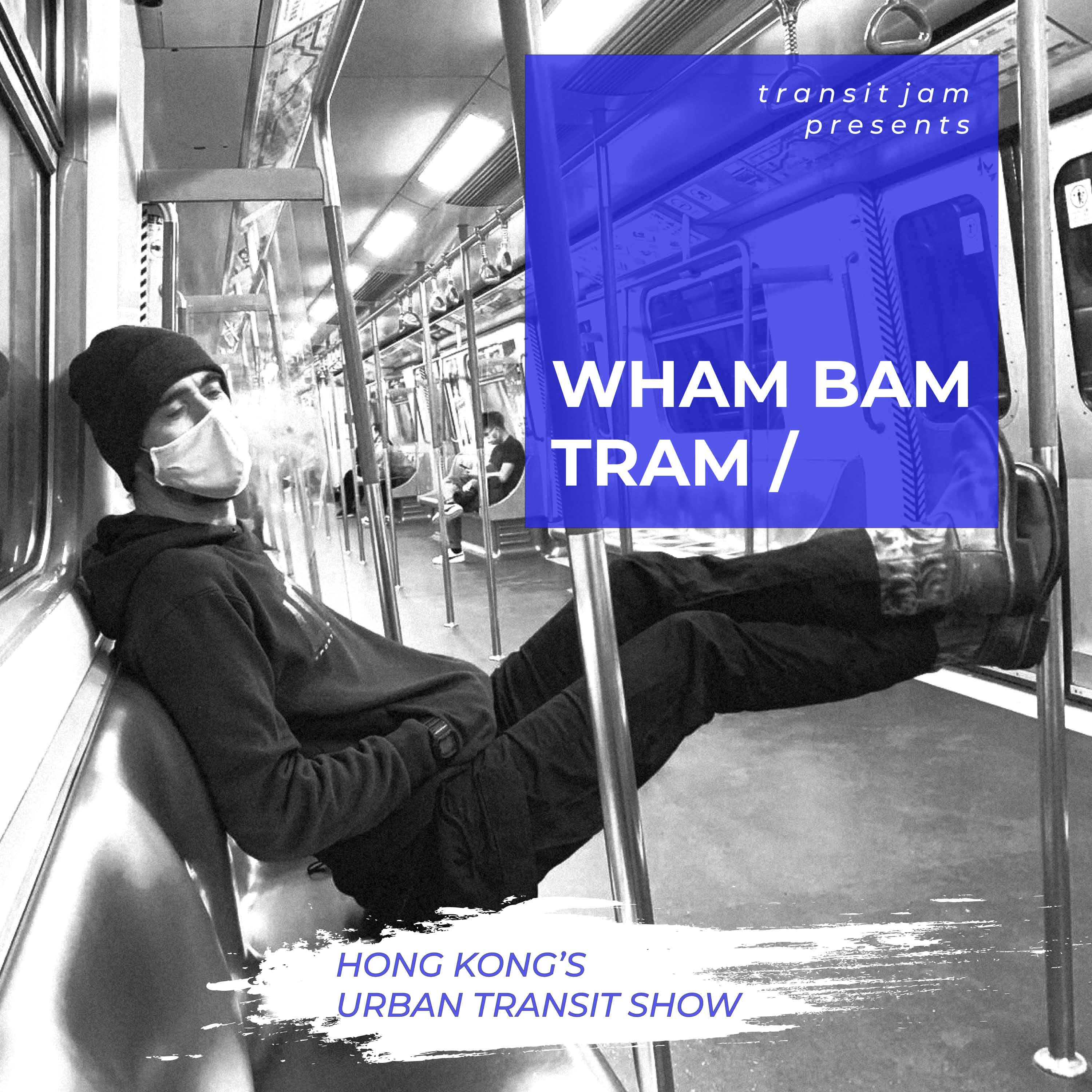
The Star Ferry has been plying Hong Kong waters for 120 years: now it’s begun upgrading its Victoria Harbour crossings to greener technology
Star Ferry has upgraded a 55-year-old ferry, Morning Star, to a hybrid diesel-electric system that the government says “will become a role model of the new generation of green ferry” and which may cut emissions in half compared to the traditional two-stroke diesel engines whose below-deck rumble and black smoke are a familiar feature of the ferry crossings.
The ferry company won approval for an estimated HK$3 million subsidy of the HK$8 million cost from the government’s Pilot Green Transport Fund in January 2018, and began work retrofitting the Morning Star with a CAT Marine Hybrid system six months ago. The reconfigured ship was launched last week, serving the Wan Chai-Tsim Sha Tsui route although the company says it may be rotated into the Central-TST route too.

Star Ferry’s previous diesel-electric trial, with a mainland-made propulsion system, was a big disappointment, costing more in fuel and downtime than a traditional ferry
The company had previously trialled a diesel-electric system in 2017, after a 2014 approval by the Pilot Green Transport Fund. That ferry, World Star, ran between Tsing Yi and Hong Kong Disneyland, and its results were disappointing. The trial showed the hybrid system (and additional seawater scrubber), with mainland-made propulsion motor, cost more in fuel than the conventional ferry: 63.2 litres of fuel per hour against 62.6 for a conventional engine. The ferry was also out of service for 24 days in its first year of operation, against a standard 16.9 days for the traditional ferry. Captains reported the propulsion being noisy and slow, with performance deteriorating over time, while passengers also reported the system was too noisy. However, a study showed NOx and black smoke emissions were almost 70% reduced.
Diesel-electric hybrid systems use diesel generators to power a ship-wide grid and battery bank that then powers the propellors. For short-transit vessels, the system is much more efficient than direct drive, as the engines can be smaller and the start-stop load profile better managed. The large diesel that powered Morning Star is now replaced by two smaller, more efficient, generators, meeting emission standards of International Maritime Organization (IMO) Tier II and US Environmental Protection Agency (EPA) Tier III. The ferry also uses low-sulphur fuel to further reduce black smoke.

(left to right) Star Ferry General Manager Jacky Ho, Deputy Secretary for Transport and Housing (Transport) Kevin Choi, Secretary for the Environment Wong Kam-sing, Star Ferry Director Frankie Yick, Commissioner for Transport Mable Chan, Star Ferry Director Kevin Hui and Chief Coxswain Kwok Cho Tai launch the new ferry
Speaking at the launch, Wong Kam-sing, Secretary for the Environment said, “We are hopeful for Star Ferry’s pilot in converting diesel engine of ‘Morning Star’ into Diesel Electric Propulsion System. Such success will not only help improve air quality of Victoria Harbour but also pave the way for the development of fully electric-powered ferries in Hong Kong.”
With the new system installed, the ferry could now, technically, be charged up at the dockside using mains electricity, which may be a cleaner option than charging with the diesel engine, although Star Ferry says it has no plans for such a scheme.
The Morning Star upgrade subsidy was one of two granted to Star Ferry in 2018 – the company says its plans to upgrade its Silver Star ferry depend on the company’s “financial position” and the available technology.
Star Ferry says it has now reached its HK$12 million subsidy limit under the Pilot Green Transport Fund and will not be able to pursue more projects under this scheme.
First ride on the diesel-electric hybrid
Transit Jam caught a ride on the new ferry at the weekend.
The experience is different from the traditional Star Ferry – it’s a smoother ride without the mad vibration of the two-stroke diesel hammering away below decks. There’s also not the overpowering smell of diesel smoke. But it seems noisier, with a higher-pitched scream more like a jet engine, really noticeable when the pilot uses maximum thrust to slow the boat into dock. The engine revved up and down in line with thrust, while one would expect a diesel-electric system to operate at a fairly constant speed, drawing on battery power when the load is heavy and charging the batteries when the boat is idle.






4 replies »